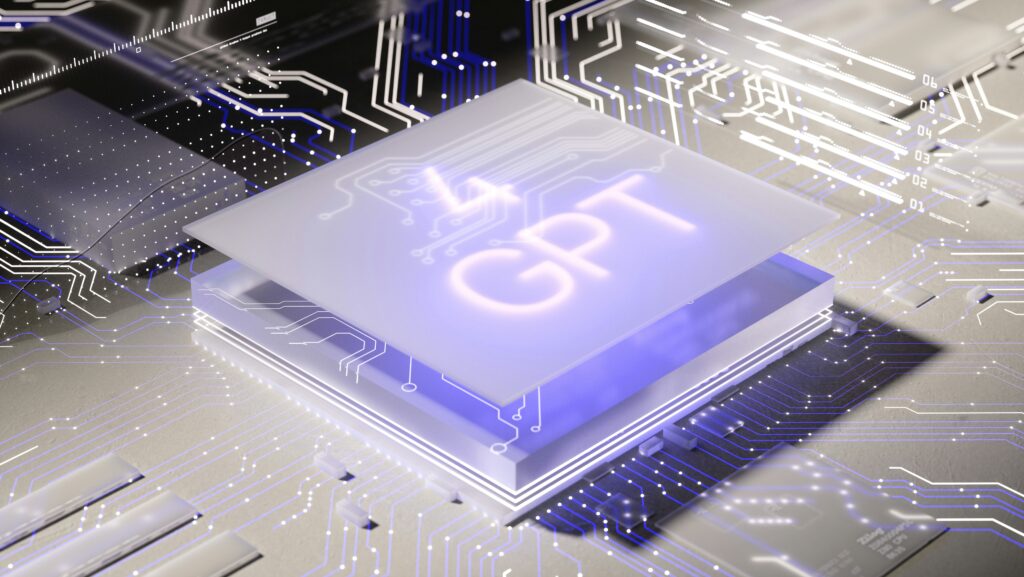What does GPT stand for?

Understanding GPT
Curious about what makes apps like ChatGPT tick? Let’s break down GPT, a game-changer in artificial intelligence.
What Does GPT Stand For?
GPT means “Generative Pre-trained Transformer.” This fancy term refers to a language model that’s great at creating human-like text and handling various language tasks (GTCSYS, Word Spinner). In simple terms, it can understand and produce text that sounds natural, making it super useful for chatbots, content creation, and more.
| Term | Meaning |
|---|---|
| Generative | Can create new data |
| Pre-trained | Trained on a big dataset before fine-tuning |
| Transformer | Uses transformer architecture for processing |
Evolution of GPT Models
The journey of GPT models shows how far AI has come. It all started with the early versions, but GPT-3 really stole the show. Developed by OpenAI, GPT-3 has over 175 billion machine learning parameters, making it the largest neural network by early 2021. Its ability to perform “zero-shot” and “few-shot” learning on various tasks shows its versatility and power.
| Model | Parameters | Key Features |
|---|---|---|
| GPT-1 | 117 million | Basic transformer architecture |
| GPT-2 | 1.5 billion | Better text generation |
| GPT-3 | 175 billion | Advanced zero-shot learning, large context window of 2048 tokens |
In April 2023, OpenAI rolled out GPT-3.5 with Browsing (ALPHA), a version that lets the model access and browse online info for more accurate answers. This update highlights the ongoing improvements in GPT models (Wikipedia).
Knowing the evolution and capabilities of GPT models helps you appreciate apps like ChatGPT. Want to know more about how ChatGPT works and its uses? Check out our article on how does ChatGPT actually work.
Exploring ChatGPT
Introduction to ChatGPT
ChatGPT, short for “Chat Generative Pre-trained Transformer,” is an AI chatbot from OpenAI. It uses advanced machine learning to understand and generate human-like text based on the input it gets. Trained on a ton of data, ChatGPT is here to help with all sorts of conversational tasks. Whether it’s holding a chat, answering questions, or even coming up with creative content, ChatGPT’s got you covered (LinkedIn).
Applications of ChatGPT
ChatGPT’s flexibility makes it a hit across various fields. Here’s where it’s making waves:
- Customer Service: Companies use ChatGPT to give instant replies to customer questions, speeding up response times and boosting satisfaction. It handles routine stuff, letting human agents tackle the trickier issues.
- Education: Teachers use ChatGPT to craft personalized learning experiences. It can whip up educational content, help with homework, and explain tough topics.
- Mental Health: In mental health, ChatGPT is a supportive tool for therapy and counseling. It chats with individuals, helping them express their feelings and get some guidance. But remember, it’s not a replacement for professional help.
- Personal Productivity: People use ChatGPT to manage schedules, set reminders, and brainstorm ideas. It’s like having a virtual assistant to keep you on track.
- Content Creation: Writers and marketers turn to ChatGPT for content ideas, drafting articles, and creating marketing copy. Its knack for producing engaging text makes it a go-to for content creators.
| Application Area | Example Use Case |
|---|---|
| Customer Service | Instant response to inquiries |
| Education | Personalized learning content |
| Mental Health | Supportive conversations |
| Personal Productivity | Virtual assistant tasks |
| Content Creation | Generating marketing copy |
ChatGPT’s potential is turning heads. In January 2023, it averaged 13 million unique visitors per day, more than doubling its daily visitors from the previous month (AI Contentfy). This spike shows just how much people are leaning on AI-driven chat tools.
For more on using ChatGPT and its many uses, check out our articles on how to use chatgpt in everyday life, what is chatgpt used for?, and what is chatgpt good for?.